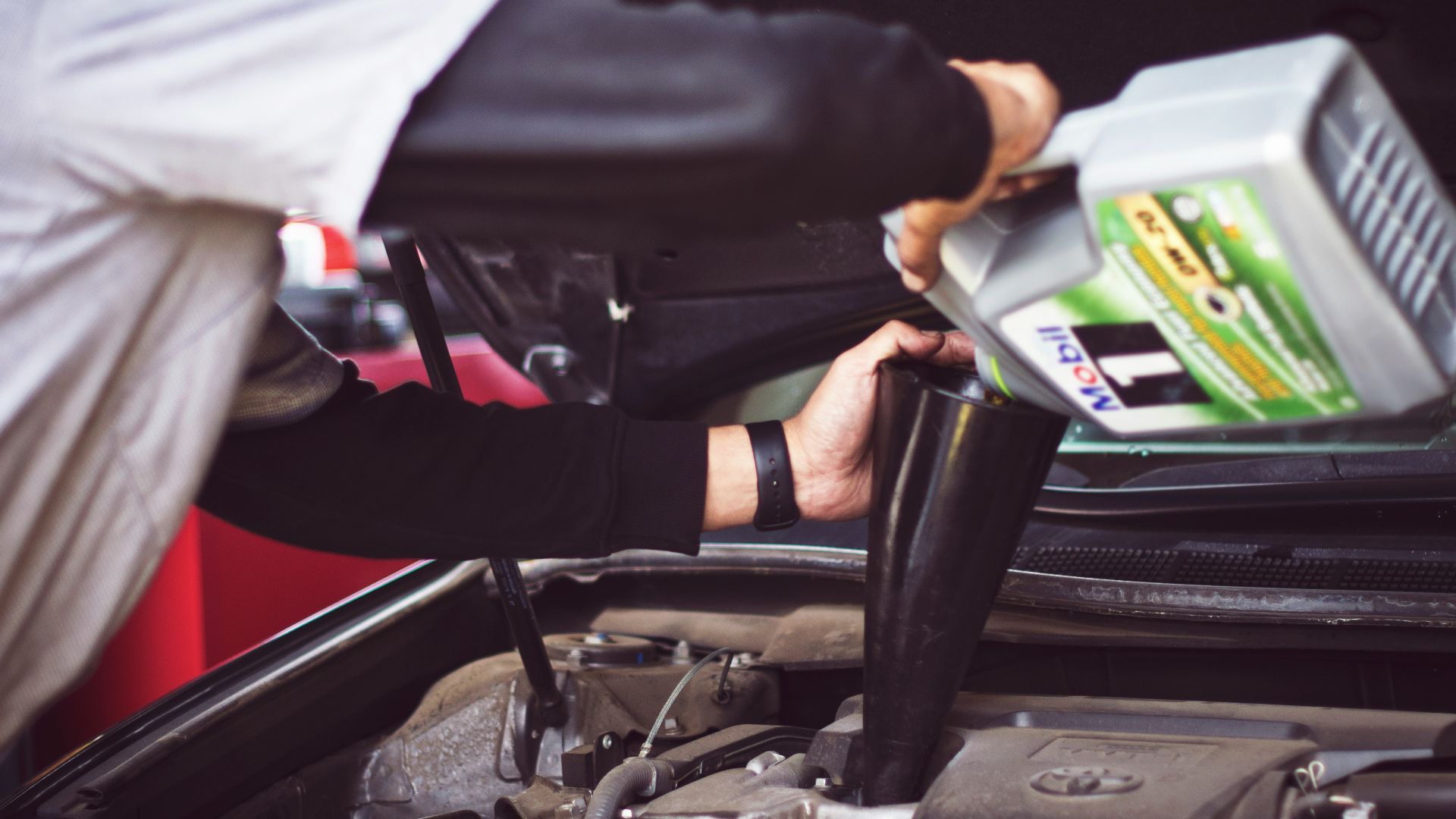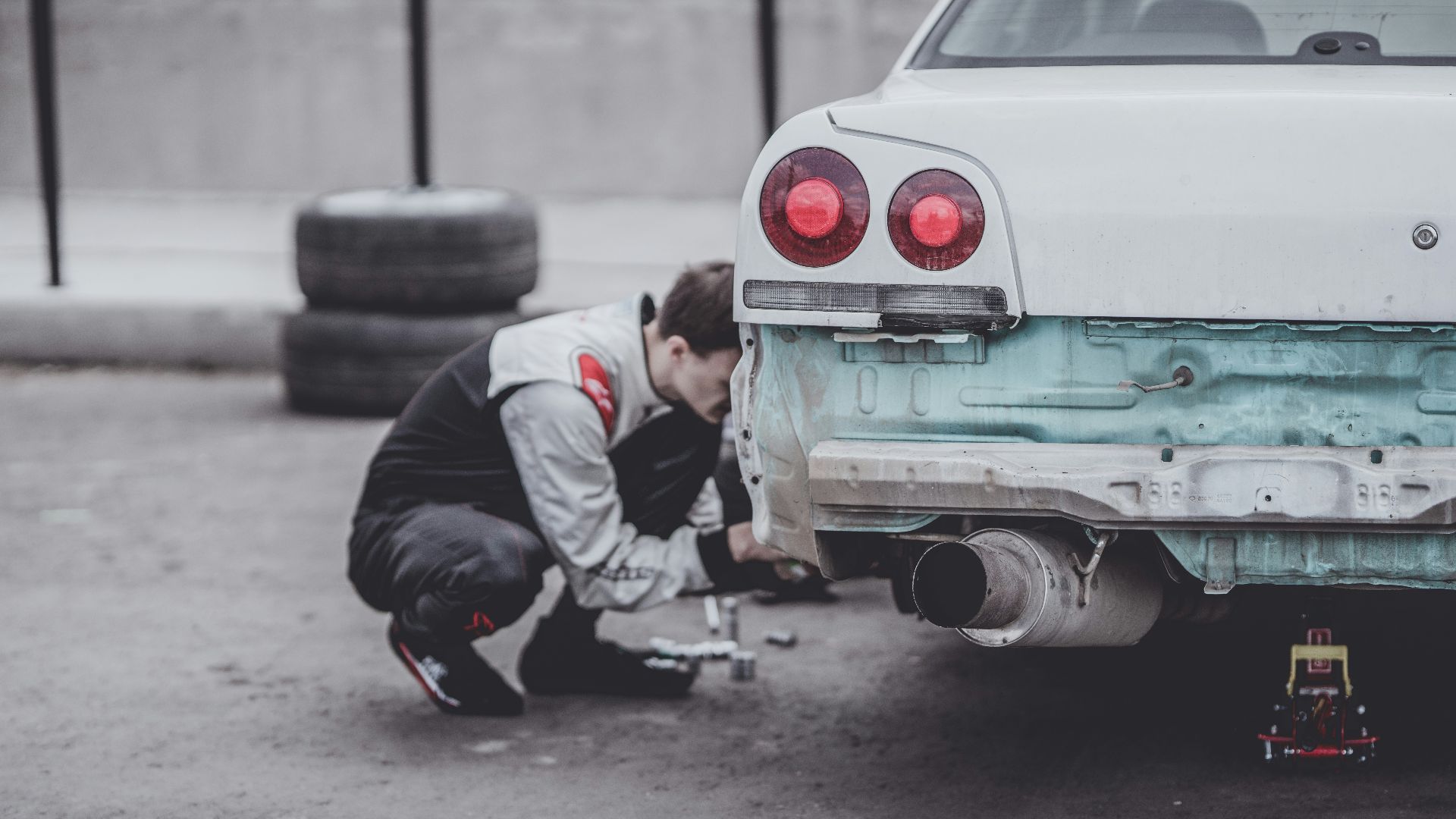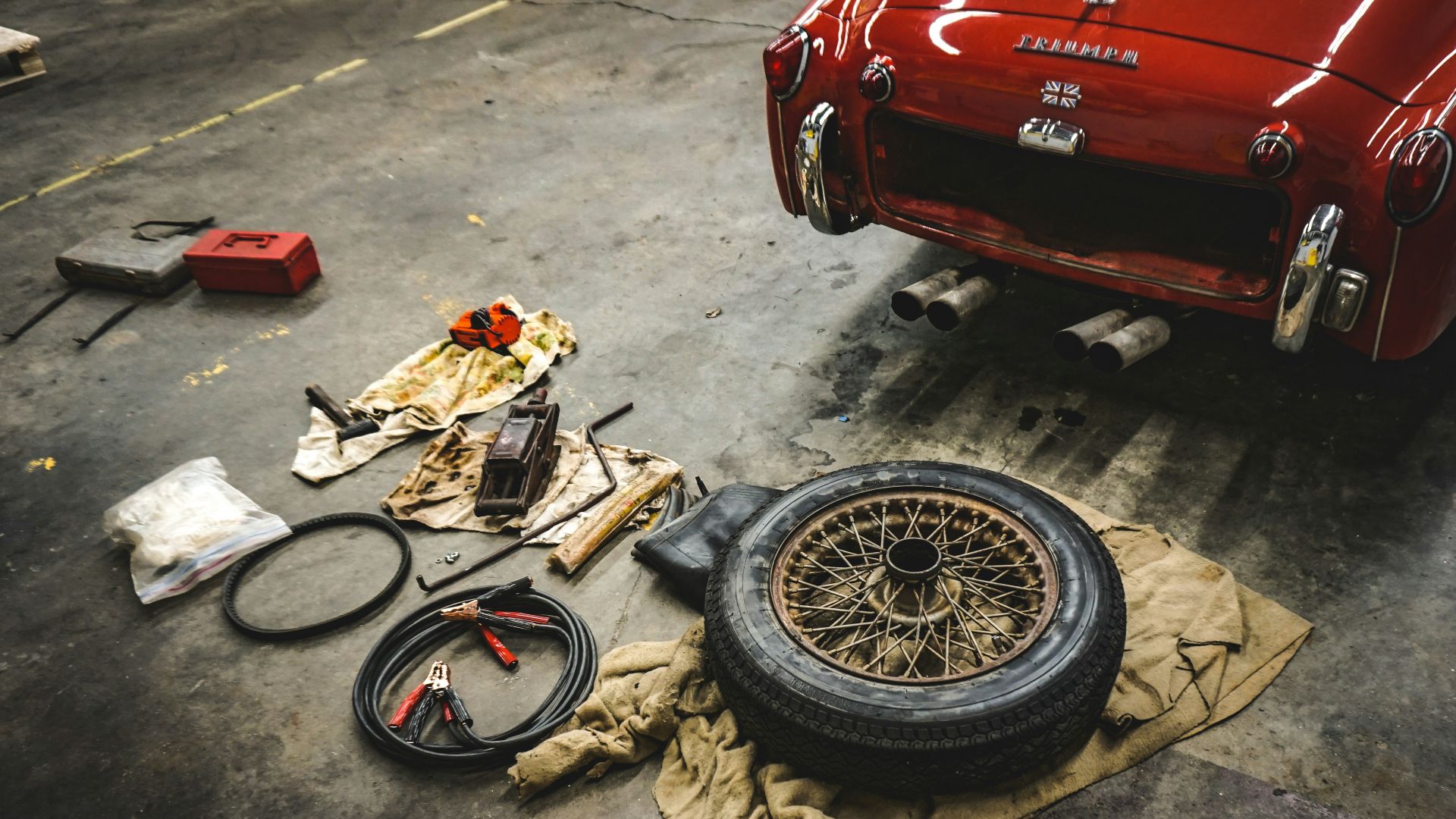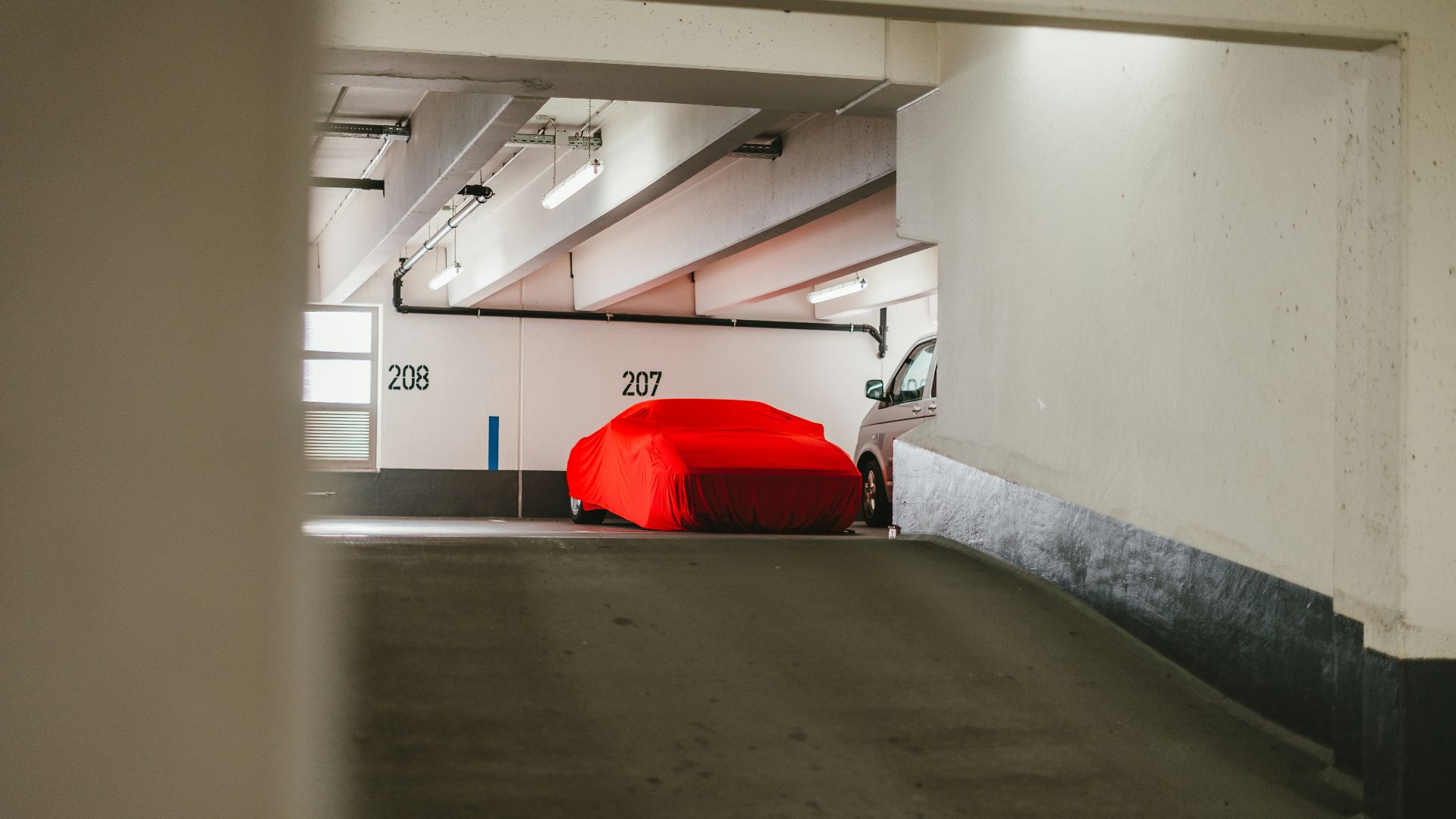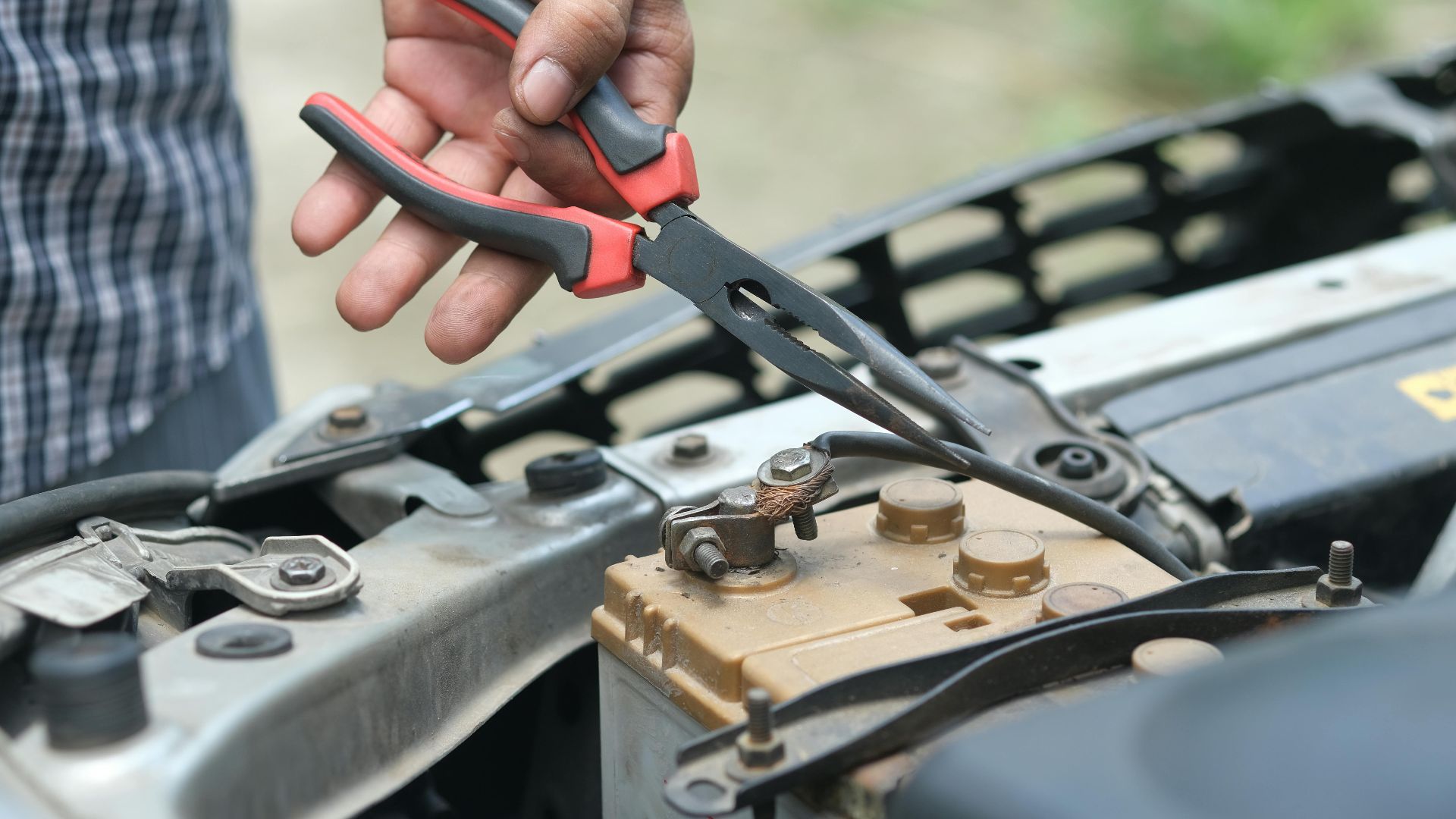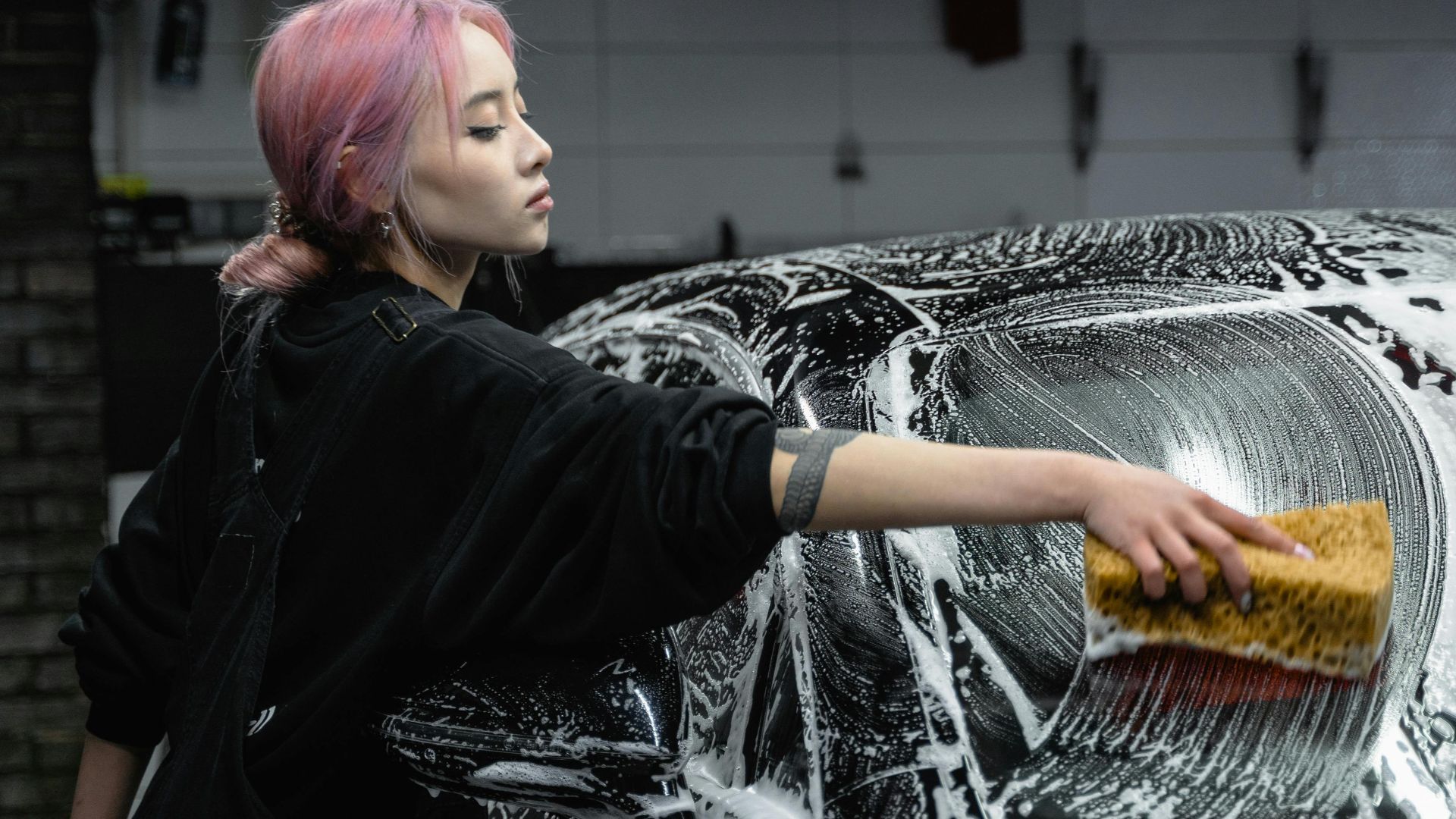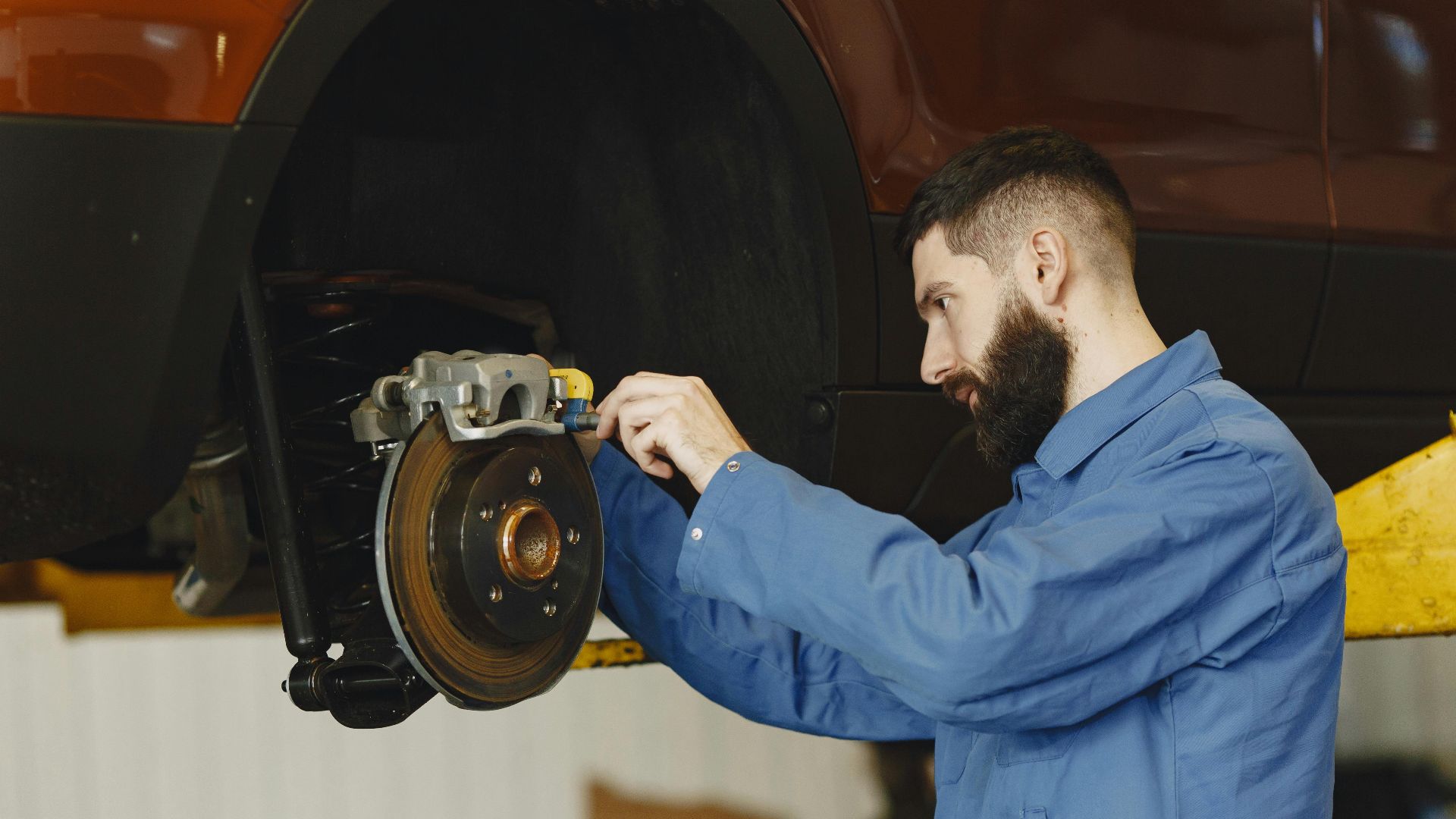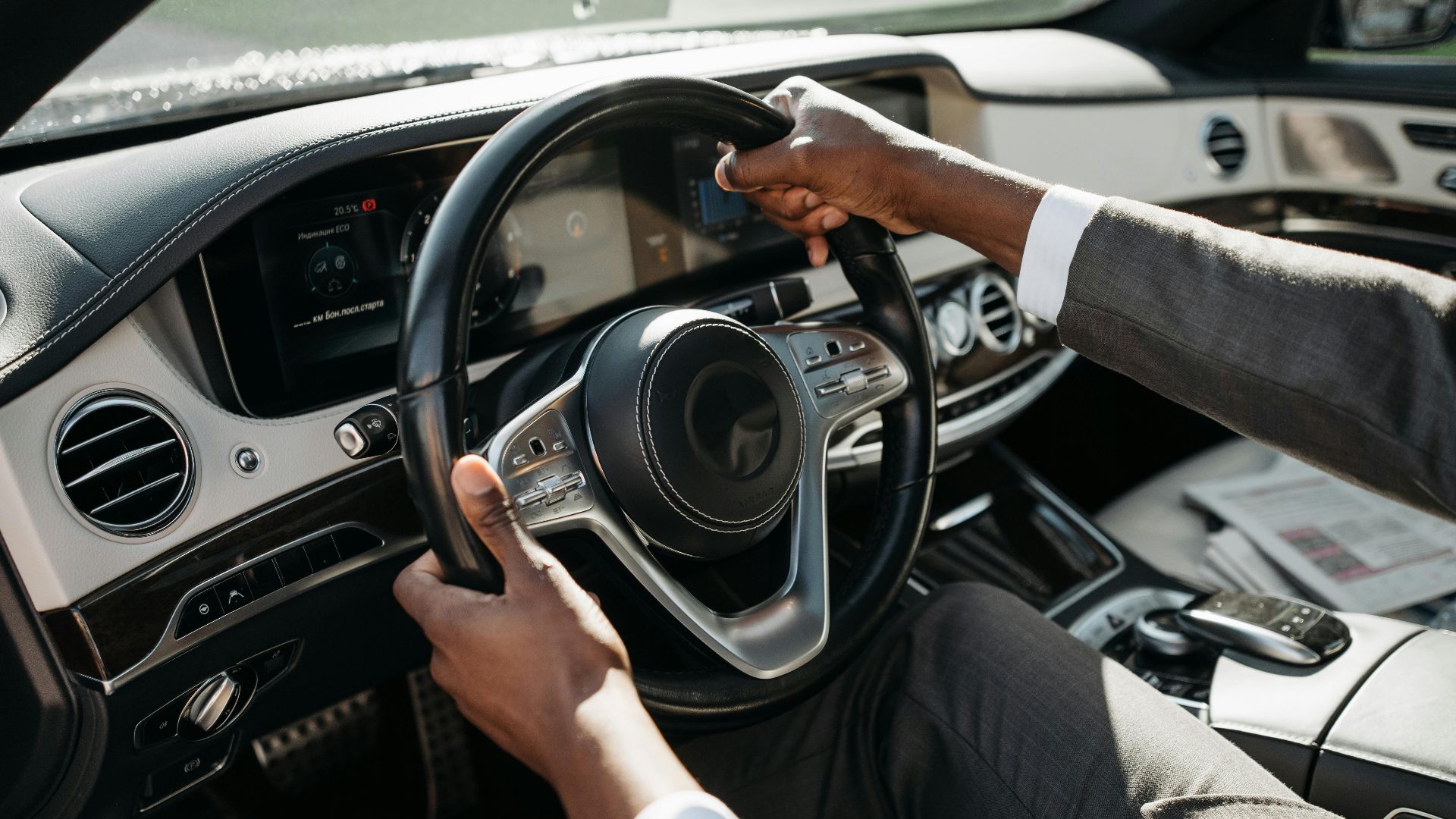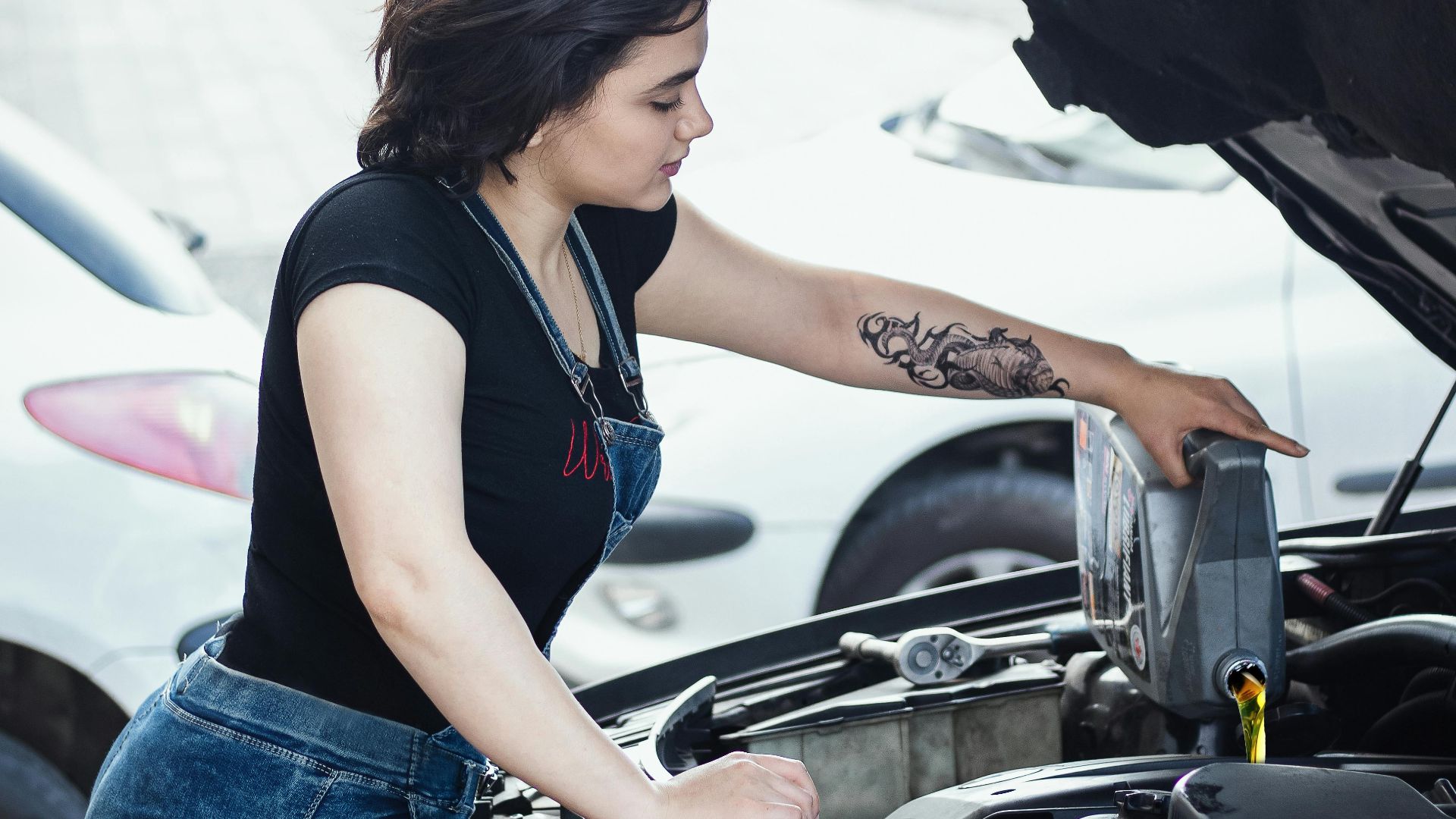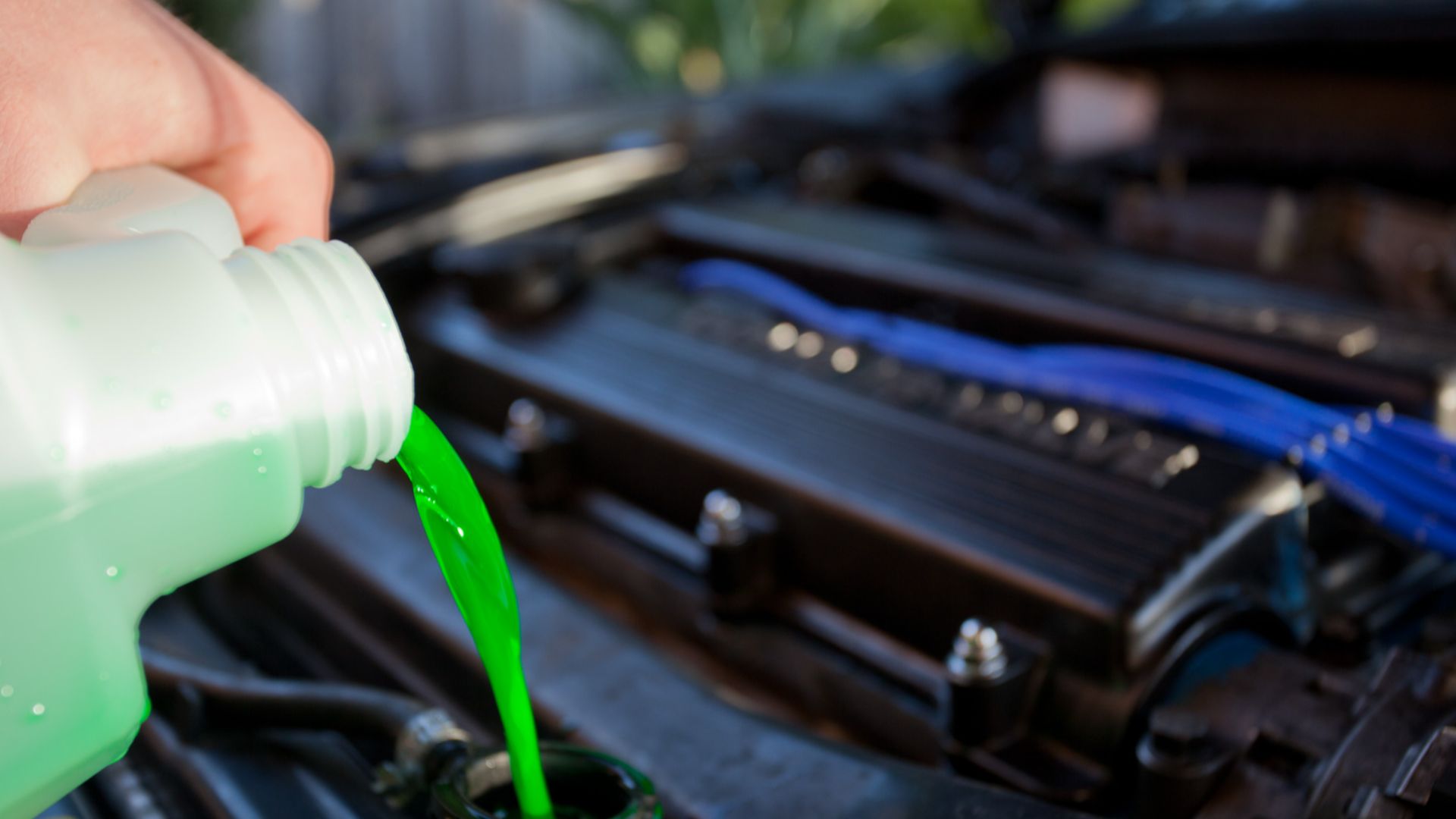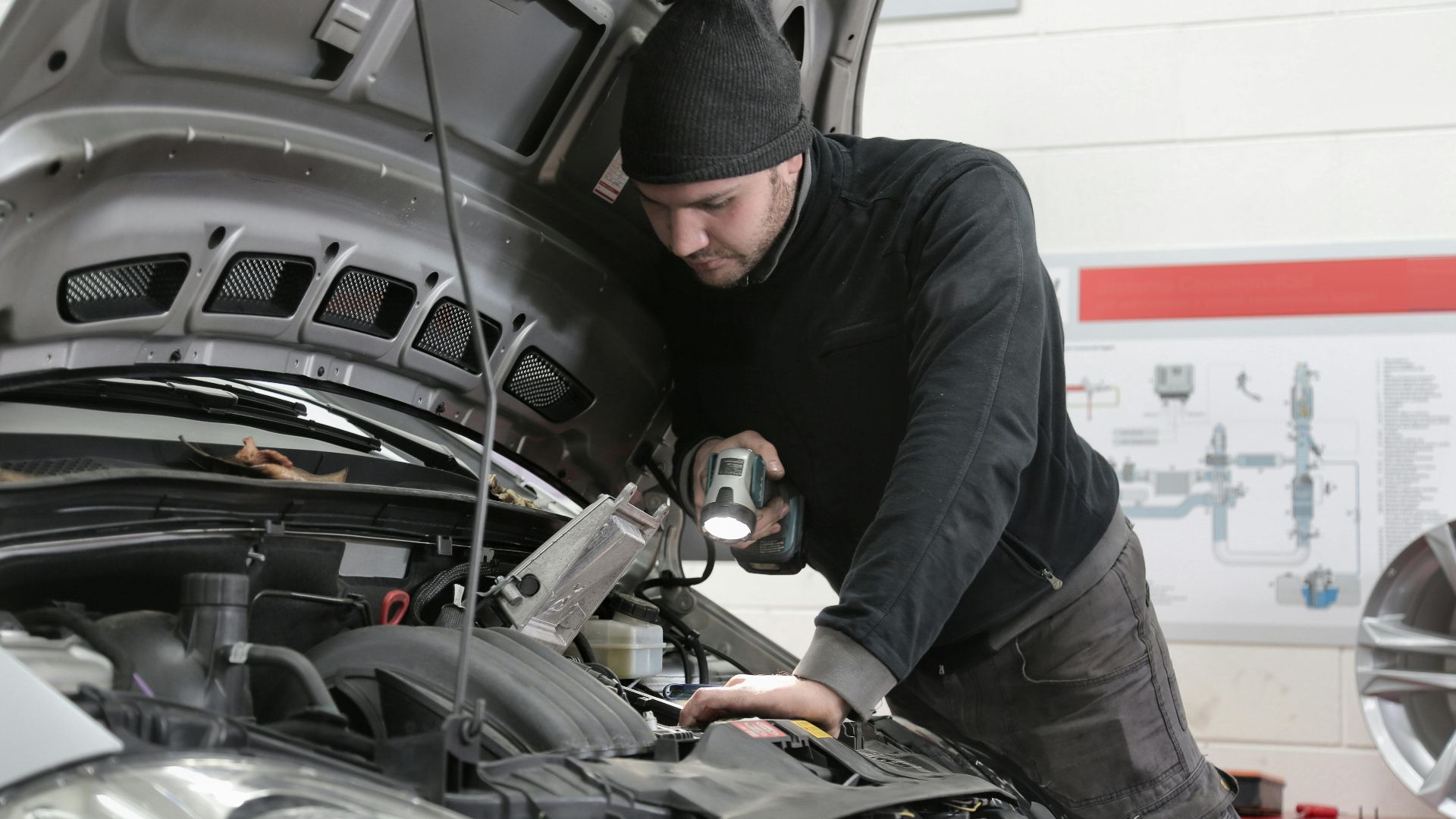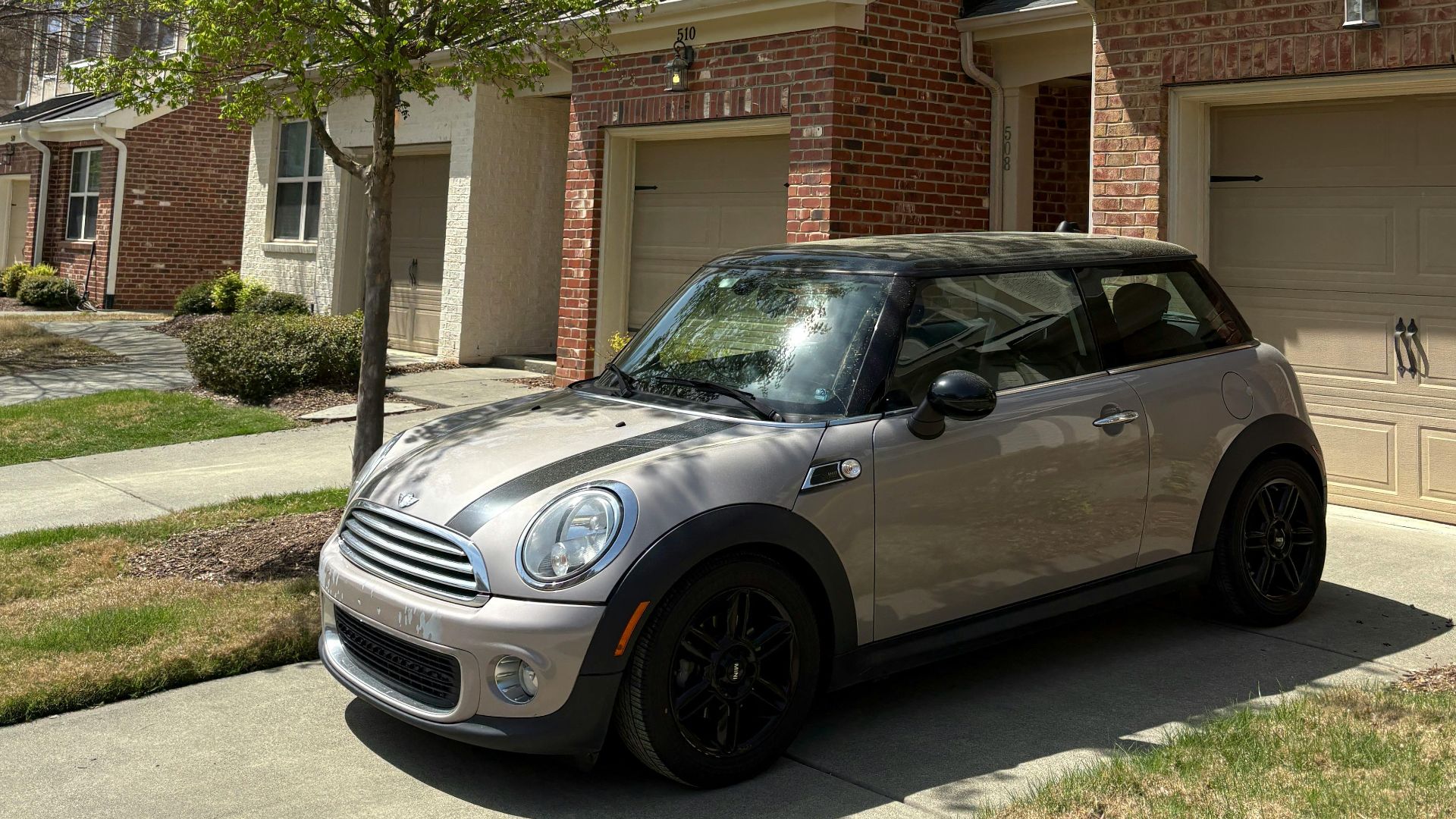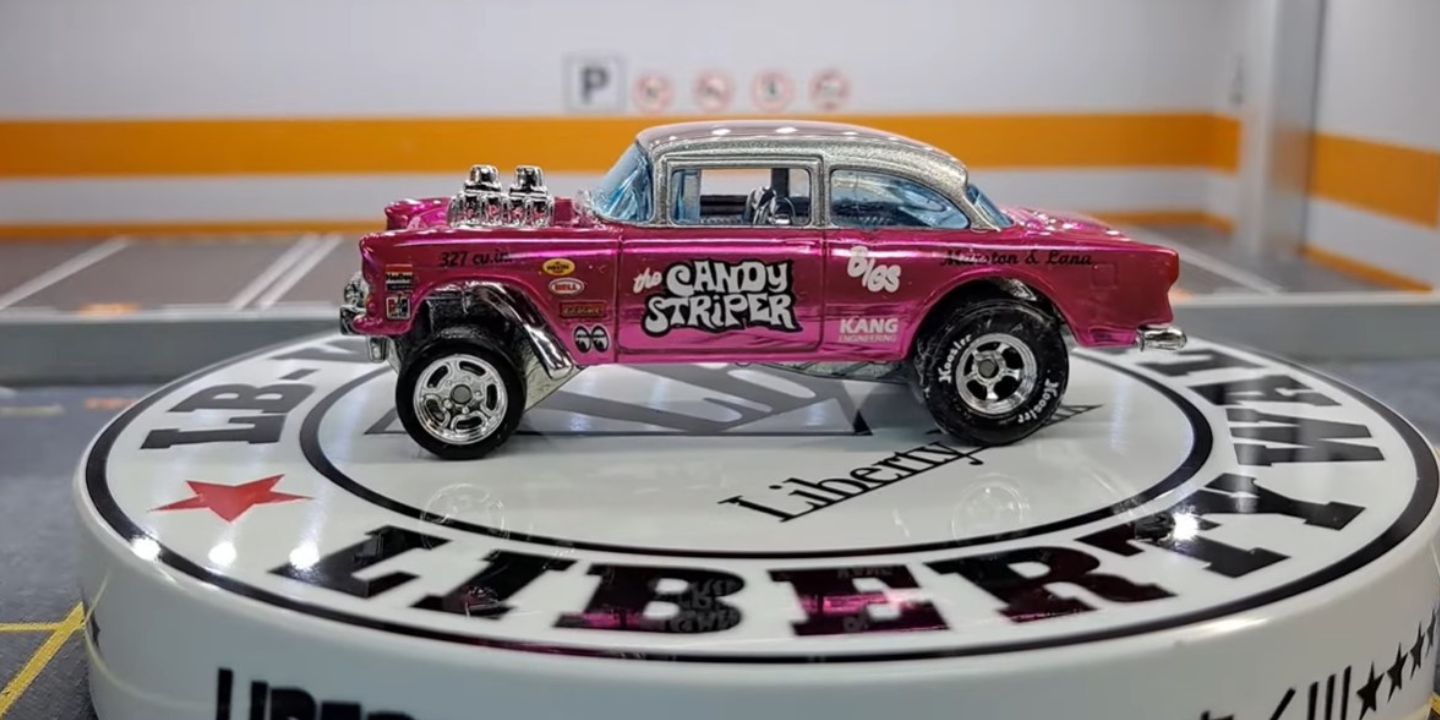Longevity Lives In The Details
Some vehicles keep going strong well past 200,000 miles. However, others feel worn out halfway there. You may think it's about the make or model, but that’s not always the case. The drivers who enjoy the most reliable rides tend to follow a few habits. They aren't complicated, but they make all the difference. Here are 20 things that, if done consistently, will give your car a real chance at long-term performance.
1. Change Oil Regularly
Consider oil to be your engine's lifeblood—it keeps parts lubricated, reduces wear, and helps dissipate heat. Skip changes, and you'll face sludge buildup and damaging friction. Most cars need changes every 5,000–7,500 miles, and even synthetic oil needs yearly replacement.
2. Stick To Scheduled Maintenance
Ignoring service schedules might seem harmless, but it costs you. Your car manual covers everything from fluid changes to brake checks, and skipping them can void your warranty or lower your resale value.
3. Rotate Tires
Rotating the tires helps them wear evenly and improves how the car handles, especially under braking or cornering. It's usually done with oil changes, and smart mechanics match rotation patterns to your drivetrain layout for maximum effectiveness. This habit can significantly extend tire life.
4. Check Tire Pressure Monthly
Here's something most drivers forget: tire pressure changes with temperature fluctuations. Check yours monthly because underinflated tires wear unevenly and guzzle more fuel, while overinflated ones will give you a bumpy ride and less traction.
5. Drive Smoothly And Consistently
Gentle acceleration and braking reduce wear across the vehicle, from engine to brakes. Cruise control may help on highways, but your habits also count. Avoid aggressive starts and ease into stops by planning ahead. Driving this way also improves fuel efficiency.
6. Limit Short Trips When Possible
Short drives seem harmless, but the engine needs time to reach proper operating temperature; otherwise, moisture builds up in the oil and fuel systems. Plus, the battery won't fully recharge on quick jaunts. A smart move would be to combine errands to create longer drives instead.
7. Use Top-Tier Quality Fuel
Top-tier fuel packs stronger detergents that clean the engine as you drive and prevent carbon buildup. It's a small upgrade with real benefits—AAA found regular gas leads to 19x more carbon buildup after 4,000 miles. Remember to check the pump for the Top Tier logo.
8. Park In The Shade Or Use Covers
Your car hates the sun as much as you do on scorching days. UV rays crack dashboards and fade seats, while heat damages paint over time. Park in shade or use covers to keep cabins cooler and reduce AC strain.
9. Watch Dashboard Warning Lights
The dashboard lights aren't suggestions—they're your car asking for help. Whether it's the engine, brakes, or tire pressure, early attention saves money. Some shops even scan for warnings for free if you use their services. Ignoring them only turns small issues into expensive ones.
10. Keep Battery Terminals Clean
Corrosion on the battery terminals can mess with power and leave you stuck with starting problems. Just mix up some water with baking soda to clean it off, then dab on a little dielectric grease or petroleum jelly to keep that gunk from returning.
11. Replace The Air Filter Annually
The engine needs clean air to breathe, and a clogged filter holds it back. Replacing it is a quick DIY fix that blocks debris and improves response. According to the Department of Energy, swapping in a new filter can even help your car accelerate better.
12. Wash And Wax The Car Regularly
Road grime, salt, and acid rain wear down your paint job. Regular washing removes these threats while wax creates a protective barrier against UV rays and acid rain. Don't forget that undercarriage pressure wash—it's your secret weapon against rust formation.
13. Replace Brake Pads Promptly
If your brakes are squealing, your pads are probably worn. Have them checked during service visits or tire rotations, and when you replace them, go for quality ceramic pads that last. Waiting too long can destroy your rotors and cost you hundreds.
14. Avoid Riding The Clutch
Shift into neutral when you stop and take your foot off the clutch pedal—you'll thank yourself later. Also, avoid holding it down or hovering while driving, and downshift smoothly. That light pressure adds up and shortens the life of the clutch and flywheel unnecessarily.
15. Use The Correct Oil Grade
Oil grade matters. Using the wrong grades can shorten engine life dramatically and void your warranty coverage. Always refer to the manufacturer's specifications for the exact grade needed. Seasonal temperature changes might require switching between different viscosity ratings, too.
16. Flush Coolant Every 2–3 Years
Coolant isn't just for temperature—it also prevents corrosion and sludge. Skipping flushes risks damage to the radiator and heater core. Do it every couple of years, and always use the right coolant mix to keep things running cool under pressure.
17. Warm Up The Engine Briefly In Cold Weather
Cold oil flows like thick honey, so give the engine a brief moment to circulate lubrication before driving off. Modern engines need less than one minute of idling; longer idling just wastes fuel pointlessly. Plus, gentle driving warms things even faster.
18. Avoid Overloading The Vehicle
Every extra pound in your car strains the suspension, brakes, tires, and engine. Roof racks also create additional wind drag that guzzles fuel unnecessarily. Stick to the GVWR in your manual, and keep heavier items inside to maintain a lower center of gravity for safety.
19. Inspect Belts And Hoses Regularly
Most belts need replacing around 60,000–100,000 miles, but always check your manual for specifics. Run your hand along the belts and hoses occasionally to look for soft spots or cracks. Don't wait until one snaps and takes out the power steering or alternator.
20. Store Your Car Properly When Not In Use
If your car's going to sit for a while, give it a little prep. Keep the tires filled, the battery on a maintainer or disconnected, and the tank full to avoid moisture buildup. A good cover also helps keep pests and the weather away.



